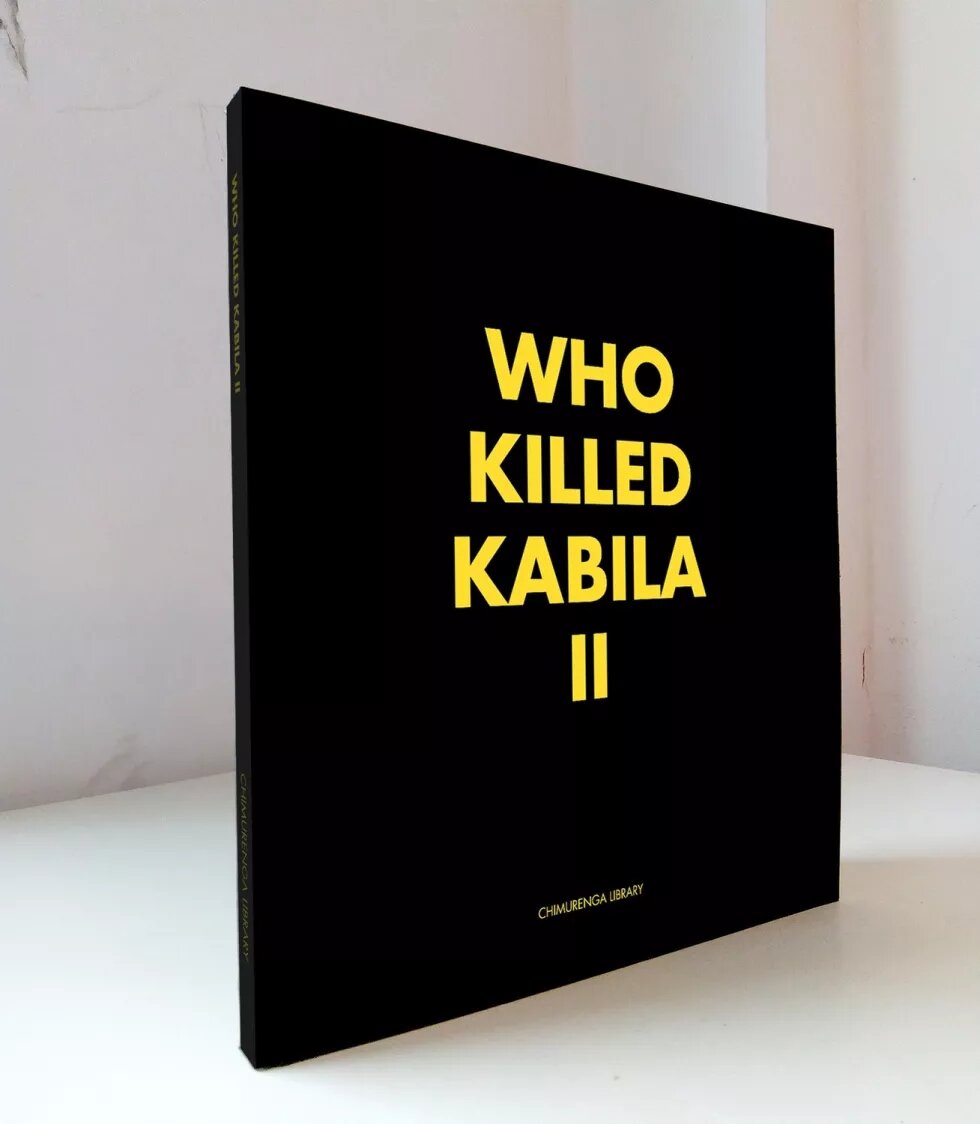So, who killed Kabila? The new issue of the Chronic presents this query as the starting point for an in-depth investigation into power, territory and the creative imagination by writers from the Congo and other countries involved in the conflict.

On January 16, 2001, in the middle of the day, shots are heard in the Palais de Marbre,the residence of President Laurent-Désiré Kabila. The road bordering the presidential residence, usually closed from 6pm by a simple guarded barrier is blocked by tanks.
At the Ngaliema hospital in Kinshasa, a helicopter lands and a body wrapped in a bloody sheet is off loaded. Non-essential medical personnel and patients are evacuated and the hospital clinic is surrounded by elite troops. No one enters or leaves. RFI (Radio France Internationale) reports on a serious incident at the presidential palace in Kinshasa.
Rumor, the main source of information in the Congolese capital, is set in motion…
18 years after the assassination of Laurent-Désiré Kabila, rumours still proliferate. Suspects include: the Rwandan government; the French; Lebanese diamond dealers; the CIA; Robert Mugabe; Angolan security forces; the apartheid-era Defence Force; political rivals and rebel groups; Kabila’s own kadogos (child soldiers); family members and even musicians.
The geopolitics of those implicated tells its own story; the event came in the middle of the so-called African World War, a conflict that involved multiple regional players, including, most prominently, Rwanda, Uganda, Burundi, Angola, Namibia, and Zimbabwe.
So, who killed Kabila? The new issue of the Chronic presents this query as the starting point for an in-depth investigation into power, territory and the creative imagination by writers from the Congo and other countries involved in the conflict.
The issue is the result of a three-year research project that included a 5-day intervention and installation at La Colonie (Paris), from December 13 – 17, 2017, which featured a live radio station and a research library, a conceptual inventory of the archive of this murder – all documented in a research catalogue.
As this research revealed, who killed Kabila is no mystery. It is not A or B or C. But rather A and B and C. All options are both true and necessary – it’s the coming together of all these individuals, groups and circumstances, on one day, within the proliferating course of the history, that does it.
Telling this story then, isn’t merely a matter of presenting multiple perspectives but rather of finding a medium able to capture the radical singularity of the event in its totality, including each singular, sometimes fantastical, historical fact, rumour or suspicion. We’ve heard plenty about the danger of the single story – in this issue we explore its power. We take inspiration from the Congolese musical imagination, its capacity for innovation and its potential to allow us to think “with the bodily senses, to write with the musicality of one’s own flesh.”
Working fluidly between fact and fiction, and featuring multiple forms of writing, the contributors – Yvonne Owuor, Antoine Vumilia Muhindo, Parselelo Kantai, Jihan El-Tahri, Daniel K. Kalinaki, Kivu Ruhorahoza, Percy Zvomuya and Sinzo Aanza – use the event-scene of the shooting is their starting point to collectively tell the single story with its multiplication of plots and subplots that challenge history as a linear march, and tell not the sum but the derangement of its parts.
The issue thus performs an imaginative remapping that better accounts for the complex spatial, temporal, political, economic and cultural relations at play, as well the internal and external actors, organized into networks and nuclei – not only human actors but objects; music; images; texts, ghosts etc – and how these actors come together in time, space, relationships.
The Chronic is a quarterly pan African gazette, published by Chimurenga.
This edition is part of a larger research project of the Chimurenga Library. It is produced with support from Heinrich Boll Foundation (Cape Town), and in collaboration with La Colonie (Paris), Cosmopolis Bienial/ Centre Pompidou (Paris), Marabouparken Konsthall (Stockholm) and Kalmar Konstmuseum.
For more information or to order your print or digital copy visit www.chimurengachronic.co.za and/or contact Chimurenga on +27(0)21 4224168 or info@chimurenga.co.za.